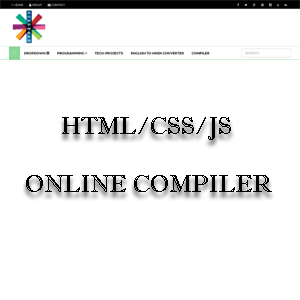Inversion of Control (IoC) in Spring Frameworks
IoC stands for "Inversion of Control",
a principle in software engineering where the control of objects or portions of a program is transferred to a framework or container.
This concept is fundamental to achieving loose coupling in object-oriented design, which makes applications more modular, flexible, and easier to maintain.
Key Concepts of Inversion of Control :
Key Concepts of Inversion of Control :
- Dependency Injection (DI)
- The most common implementation of IoC.
- Dependencies (objects that a class requires to function) are injected into the class rather than the class creating them itself.
- Can be implemented in three main ways: constructor injection, setter injection, and interface injection.
- Service Locator
- An alternative to dependency injection.
- A central registry (the service locator) provides dependencies upon request.
- Can lead to less transparency in dependency management compared to DI.
How IoC Works:
- Without IoC.
- With IoC (Dependency Injection).
In the example above, with IoC, the `Car` class does not create the `Engine` instance itself. Instead,
it receives it from an external source (typically an IoC container).
Benefits of IoC:
Benefits of IoC:
Decoupling: Reduces the dependency between components, making the system more modular.
Testability: Easier to test components in isolation since dependencies can be easily mocked or stubbed.
Flexibility: Easier to swap out implementations of dependencies without modifying the dependent class.
Maintainability: Simplifies code management and maintenance by following the single responsibility principle.
IoC Containers:
IoC containers are frameworks that manage the creation and injection of dependencies. Some popular IoC containers are:
Spring (Java): Provides comprehensive support for dependency injection and IoC.
Spring (Java): Provides comprehensive support for dependency injection and IoC.
PicoContainer (Java): Lightweight and simple to use.
Unity (C#): A dependency injection container from Microsoft.
Autofac (C#): A popular IoC container for .NET applications.
Example in Spring Framework:
Spring Framework is a well-known example of an IoC container. Here’s how dependency injection is typically configured in a Spring application:
XML Configuration:
Java Configuration:
Annotation-Based Configuration:
In these examples, the Spring container manages the lifecycle and injection of the `Engine` dependency into the `Car` class.
In summary, IoC is a design principle that helps to create flexible, maintainable, and testable software systems by inverting the
control of dependency management. Dependency injection is the most common pattern used to implement IoC,
and it is supported by various frameworks and containers across different programming languages.
Subscribe to:
Comments
(
Atom
)




